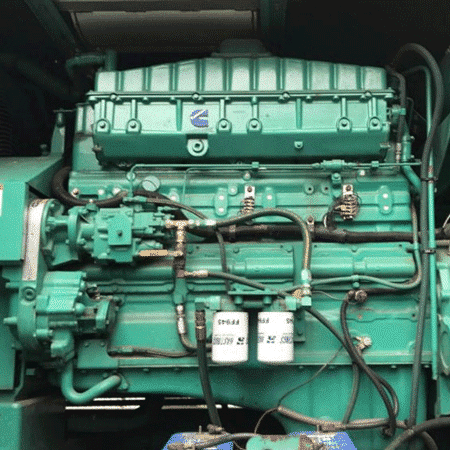How A Turbo Diesel Engine Works
What is a turbocharger?
Turbo or not Turbo, that is the question!
A turbocharger is defined as:”a turbine-driven forced induction device that increases an internal combustion engine’s efficiency and power output by forcing extra air into the combustion chamber“. Turbo.
Patented by Swiss engineer Alfred Buchi, turbocharging was first utilized in aircraft to combat poor engine performance at higher altitudes due to low air density. In 1965 turbocharging made it’s way to production automobile engines, gaining significance in the 70’s in response to the oil crisis.
Over the subsequent decades, turbocharging has become a key element in cutting exhaust emissions and is becoming standard on larger diesel engines.
How Do Turbochargers work on diesel engines?
In a naturally aspirated diesel engine, air comes straight through the intake manifold, past the valves and into the combustion chamber. The downstroke of the piston creates a vacuum, effectively drawing the fuel/air mixture into the combustion chamber, similar to drawing liquid into a syringe. This effect of atmospheric pressure dissipates at high engine speeds, causing the cylinders to not fill completely.
In a turbocharged diesel engine, air is forced into a turbine being driven by expanding exhaust gases that would otherwise be wasted as heat through the exhaust pipe. This generates additional pressure, above atmospheric, which increases the oxygen mass and amount of fuel that can be burned at one time in the combustion chamber. This increases the “power density” or the volume of power in each piston stroke. We call this increase “boost“.

The main point is that exhaust gases that are redirected to power the turbine no longer leave through the exhaust pipe, effectively lowering hazardous emissions and increasing efficiency.
The DOwnside of Turbocharging: Lag
The primary disadvantage to turbocharging is “lag”. Also known as spool time, lag refers to the time between start-up and the point where exhaust gases build up enough to sufficiently drive the turbine. This can be remedied by adding a second “twin” turbo that responds quicker and spins at lower speeds in sequence to the main turbo, set at engine speed. Twin turbos can be installed in parallel as well, with each turbo getting 50% each of the redirected exhaust gases. These are commonly found on V-shaped engines, with each turbo supplying one cylinder bank.
Turbochagers Vs. Superchargers
Since the Turbocharger is being driven by exhaust gases, it does not place a direct load on the engine. However, it does create a bit of exhaust back-pressure. A Supercharger is mechanically driven by a chain or belt connected directly to the engine’s crankshaft, placing a direct load on the engine and absorbing as much as one-third of the power available at the crankshaft. Both types often employ an intercooler to reduce the air temperature before it enters the combustion chamber.
Words to remember:
Click for definitions to learn more about these important aspects of turbocharged diesel generator engines.

